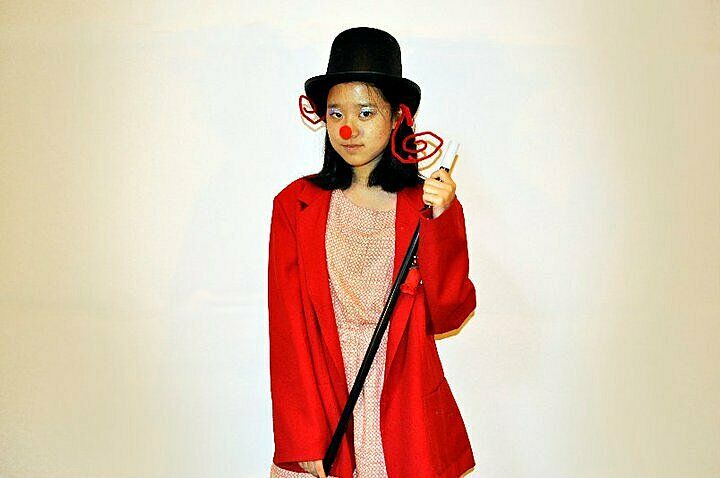Tale of the Top Hat
Jan 12, 2011
Imagine something like a top hat sitting in the middle of a conference table where YI Leaders meet. You wouldn’t think that there’d be much to say about it; but then again, there might just be. Joe, a YI Leader who is familiar with different kinds of hats, would immediately recognize it and scream, “That's a top hat!” Henry, a YI Leader who also knows a lot about hats for some reason, would also comment by mentioning a fact that he recently learned in his history class: top hats made out of beaver fur were produced for sale domestically in French and British markets in the seventeenth and the eighteenth centuries. An iconologist who works closely with political history may have drawn Abraham Lincoln under the top hat while staring at it in deep thought. The narrator from The Little Prince may have seen the hat as something else entirely, perhaps a boa constrictor that had swallowed something angular. And the rest of us YI Leaders would have said, “It's just a hat.”
Like the tale of the top hat shows, there are many ways of perceiving things. Individuals or groups of people from different cultures, with diverse interests and experiences tend to see things differently. This is called “cognitive style,” or thinking style. We all have our own unique ways of thinking. One of the goals museums have is to provide a space where people are given the opportunity to discover, explore, and express their thinking styles, which are all unique and valuable in various ways.
As a part of a museum community working to achieve this goal, YI Leaders are gearing up for our teen tours this spring, inviting visitors to explore their cognitive styles in the spirit of open conversation and exchange. For more information, visit whitney.org/teens or become a fan of Youth Insights on Facebook. If you have questions about our upcoming tours, send an email to youthinsights@whitney.org.
By Seon

